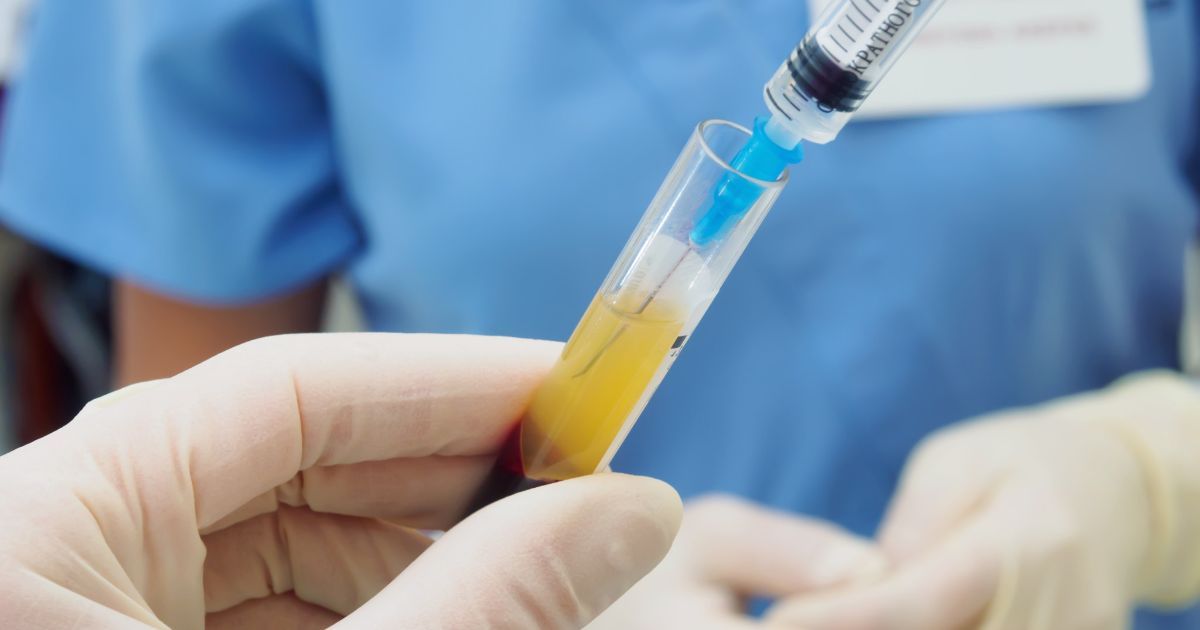PRP or Platelet Rich Plasma is a new ground breaking treatment which is also non-operative. It helps to relieve joint and injury pains by promoting the long lasting healing of the musculoskeletal conditions. PRP has gained a lot of popularity now and is widely used by the professional athletes, highly functional individuals and the recreational athletes as well. Many of the athletes have attempted for PRP injection therapy which allowed them to return back to their daily activities and competition with little pain or no pain at all. This therapy has showed potential for many medical conditions like Tendonitis, arthritis and ligament tears and sprains. The PRP injection therapy provides the patients with long lasting and permanent solution with the help of the body’s natural healing process.

No matter which treatment it is, the result and the sustained outcome depends greatly on the type and the extent of the injury. Like, in the case of mild arthritis, PRP Therapy can prevent further development of degeneration. However, in the case of advanced Arthritis, the primary goal of PRP is to improve the functioning by reducing the pain. But, it is true that PRP can help to avoid surgeries like in the case of joint replacements and spinal fusion.
The whole process of the therapy does not take more than an hour. In this time period, PRP is prepared by collecting the blood from the patient’s body. The protein rich plasma is injected back to the injured area or tendon, joint, ligament or the disc which has been administered as the source of the pain. When the therapy is applied to the structures around the spine, X-ray test is used which assures proper and safe placement of the PRP at the affected area. Ultrasound is also used in case of extremities. The number of injection used in the whole therapy depends on the individual condition of the patient, but generally ranges from two to six injections. Patients can feel the significant decrease in pain after the second injection only.
In general, the PRP injections are not painful. However, the discomfort depends on the part of the body which is being treated with therapy. The injections which are applied into the joints are of slight discomfort. In some rare cases, there might be a little discomfort and pain after the injection which does not last more than a few days.
PRP injection therapy works best for tendon sprains and ligament strains. Other conditions which are treated with PRP injection therapy are:
PRP injection therapy can also be used to treat conditions like: